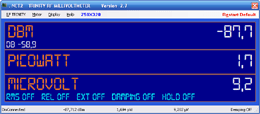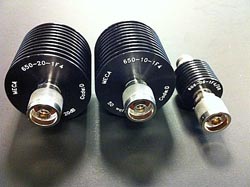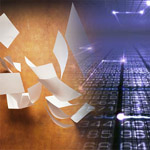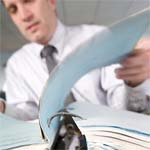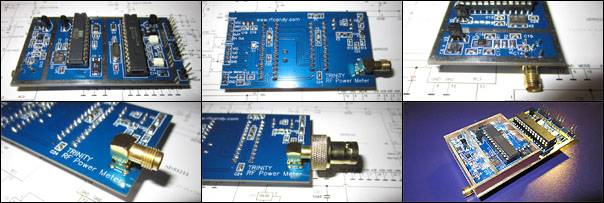1.) IC1, IC2 TLP181
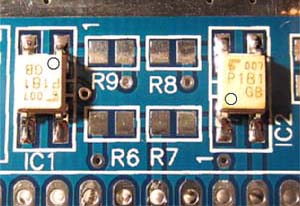
Make sure that you mount the circuit in correct orientation!
Place the TLP181 to the PCB and by soldering fixate the top right leg and the bottom left leg. I use a magnifying glass to make sure it is places in line with the PCB pattern.
From the picture above you can see that the legs are placed in line
with the PCB pattern, and it looks good.

Make sure that you mount the circuit in correct orientation!
Place the TLP181 to the PCB and by soldering fixate the top right leg and the bottom left leg. I use a magnifying glass to make sure it is places in line with the PCB pattern.
From the picture above you can see that the legs are placed in line
with the PCB pattern, and it looks good.
2.) IC5 AD8313
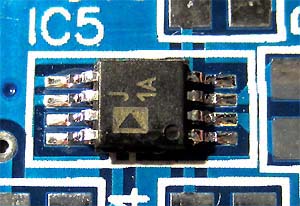
Make sure that you mount the circuit in correct orientation!
Place the AD8313 to the PCB and by soldering fixate the top right leg and the bottom left leg. I use a magnifying glass to make sure it is places in line with the PCB pattern. When the corner legs are fixed, solder the rest of the legs. If you get lead bridges between legs, you can easy clean it up by using the wick. Place the wick over the bridges and heat the wick with your soldering tool. The wick will absorb all overflow lead.
Bridges will be gone and the circuit looks perfect.

Make sure that you mount the circuit in correct orientation!
Place the AD8313 to the PCB and by soldering fixate the top right leg and the bottom left leg. I use a magnifying glass to make sure it is places in line with the PCB pattern. When the corner legs are fixed, solder the rest of the legs. If you get lead bridges between legs, you can easy clean it up by using the wick. Place the wick over the bridges and heat the wick with your soldering tool. The wick will absorb all overflow lead.
Bridges will be gone and the circuit looks perfect.
3.) X2 8.000 MHz Crystal
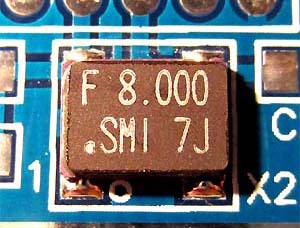
Make sure that you mount the circuit in correct orientation!
Place the crystal to the PCB and solder all four pads.

Make sure that you mount the circuit in correct orientation!
Place the crystal to the PCB and solder all four pads.
4.) F1-F5 Ferrite filters
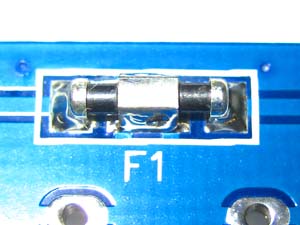
Solder five ferrite filters as picture show.
Solder both ends and the middle section.

Solder five ferrite filters as picture show.
Solder both ends and the middle section.
7.) Capacitor
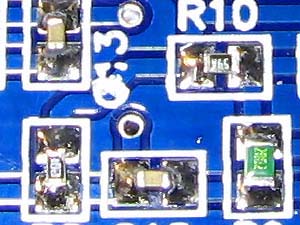

|
Mount smd capacitors below : C19, C20, C21, C22, C23, C24 |
8.) Resistor and LED
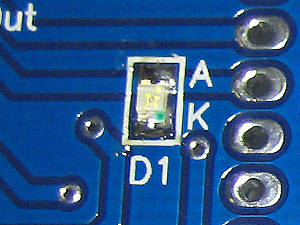

|
Mount smd resistors below : |
10.) Hole mounted parts
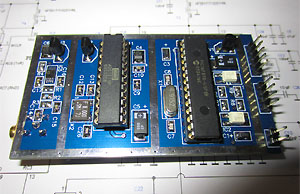

|
Mount hole mounted parts below (Click the pic to enlarge): |
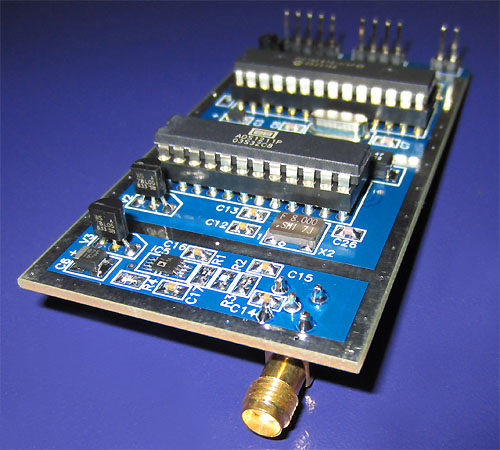 Trinity Virtual RF Power Meter
Trinity Virtual RF Power Meter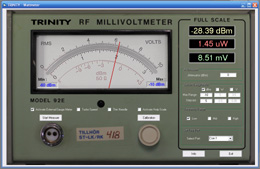 Background
Background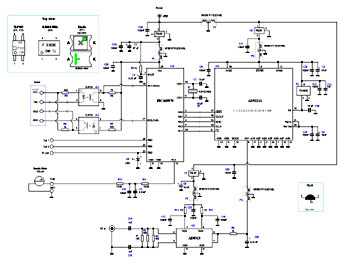 Hardware and schematic
Hardware and schematic
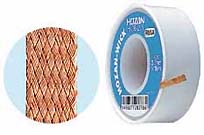 Assembly
Assembly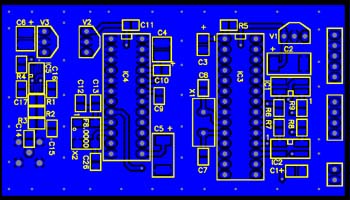
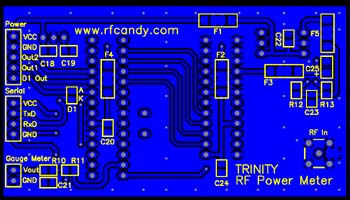
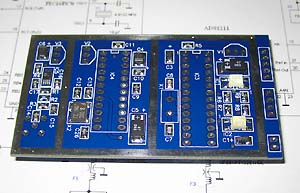

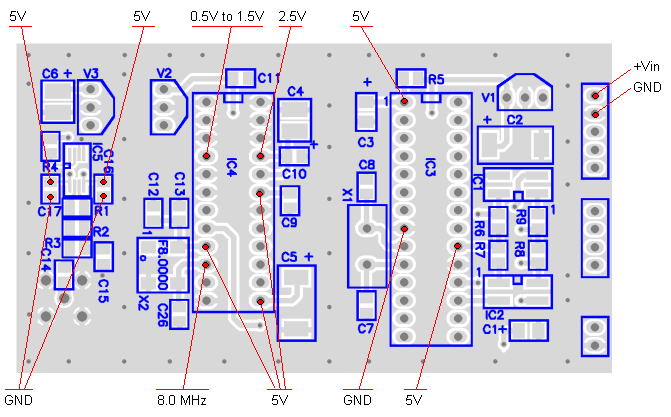
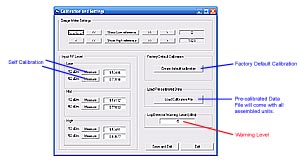 2.) Load Pre-calibrated Data
2.) Load Pre-calibrated Data